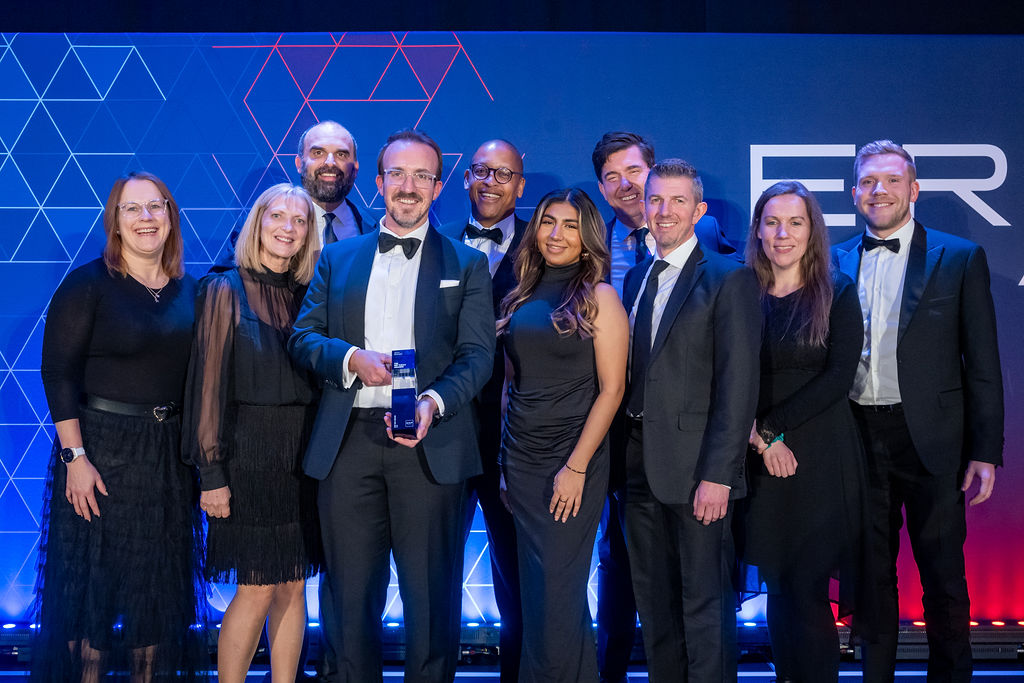At a conference I attended some time ago, the keynote speaker shared an interesting anecdote about the persistence of familiar processes. His wife, who grew up in the EU, makes a traditional roast beef dinner every Sunday. She would always cut one-third off the roast and cook it alongside the larger piece of meat. It was the speaker’s favorite because it’s crispy and extra tasty. One day, he asked her why she cooks it that way, and she replied that she had always cooked it that way, as that was how her mother taught her. So, they called her mom and asked her why she always cut a third off the main piece of meat, and she replied that it was the way HER mother taught her. Finally, they called grandma, and she replied, “Well, my oven’s too small.”
Old ways of working die hard
The same story plays out when it comes to business processes today. For example, in our work with banks and insurance firms, we see many still operating as big, brittle ‘black boxes’ of legacy ERP systems, automation, people and paper, manual handoffs and outdated infrastructure. No one really understands how work gets done or why it gets done that way. Heads of departments are afraid that even a small process change in another line of business could have catastrophic effects on their downstream processes. Outdated, on-premise ERP systems, which can make process change and customization incredibly difficult, perpetuate this monolithic mindset where everyone just accepts that ‘this is just how we do things,’ even when customers are frustrated and unhappy.
All of this creates a kind of process ‘brittleness’ that can foster active resistance to change and innovation at a time when companies need to embrace it. The world and customers today demand it. Regulatory change is constant. Disruption is always just around the corner, whether caused by war, climate change, uncontrolled inflation or the next new competitor or supply chain debacle. And customer expectations across the entire customer journey just keep growing.
Using the 80:20 rule to respond to customer needs
What’s needed today is an agile, customer-focused mindset that’s always looking ahead and asking questions like, “What do we need our processes to do for us tomorrow?” and “How can we create a differentiating experience that’s meaningful and valued by our customers today and in the future?”
This kind of mindset demands action, which requires an equally agile cloud ERP – a flexible infrastructure that can support and enable process changes or transformations quickly and easily.
This is the winning combination because it lets you harness the power of focus to identify and realize meaningful change for your customers. A rule of thumb often used in ERP programs is that approximately 80 percent of business capabilities and processes are non-differentiating. So, if you’re deploying SAP S/4HANA Cloud, you can just deploy and run these best practice–based processes as is. The other 20 percent represents your opportunity to innovate and differentiate from a customer perspective. This is where you focus your process differentiation efforts.
Finding the 20 percent in YOUR business
The hard part, of course, is figuring out which processes represent your differentiating 20 percent. The answer is unique to your business. All airlines technically get customers from point A to point B, for example. But cost-conscious Frontier customers come for the consistent, no-frills experience they can afford. For customers of Singapore Air, price is a non-issue; they come for a luxury experience defined by exceptional service, food, amenities and comfort. The differentiating 20 percent of processes for these two airlines in the same industry could be radically different.
Change is not easy
And remember, your cloud ERP needs to make continuous change sustainable. Your differentiating processes will evolve as your business and customers change. So, it’s vital that your cloud ERP enables customizations in a standards-based way so that upgrades aren’t impeded. I remember one SAP customer, a global clothing manufacturer and retailer that had an outdated ERP that hadn’t been upgraded in ten years because of pervasive, hard-coded customizations. When this customer moved to SAP S/4HANA Cloud, just two processes were truly differentiating. So that’s where the company focused its efforts. Today, it is an agile, flexible company ready to respond to whatever opportunities or challenges come its way. It has innovated where it matters most to customers.
And this customer’s last cloud ERP upgrade took just 18 minutes.
Now that’s how it should be done!
And you can, too. I invite you to learn more by joining my upcoming Web seminar, Modernize ERP – Building flexibility, agility and speed into your business, on Wednesday 5th April.
We’ll have a panel of experts talking about how you can move from running your business to innovating your business by deploying SAP S/4HANA Cloud. Register today!
This is a sponsored article by SAP.




